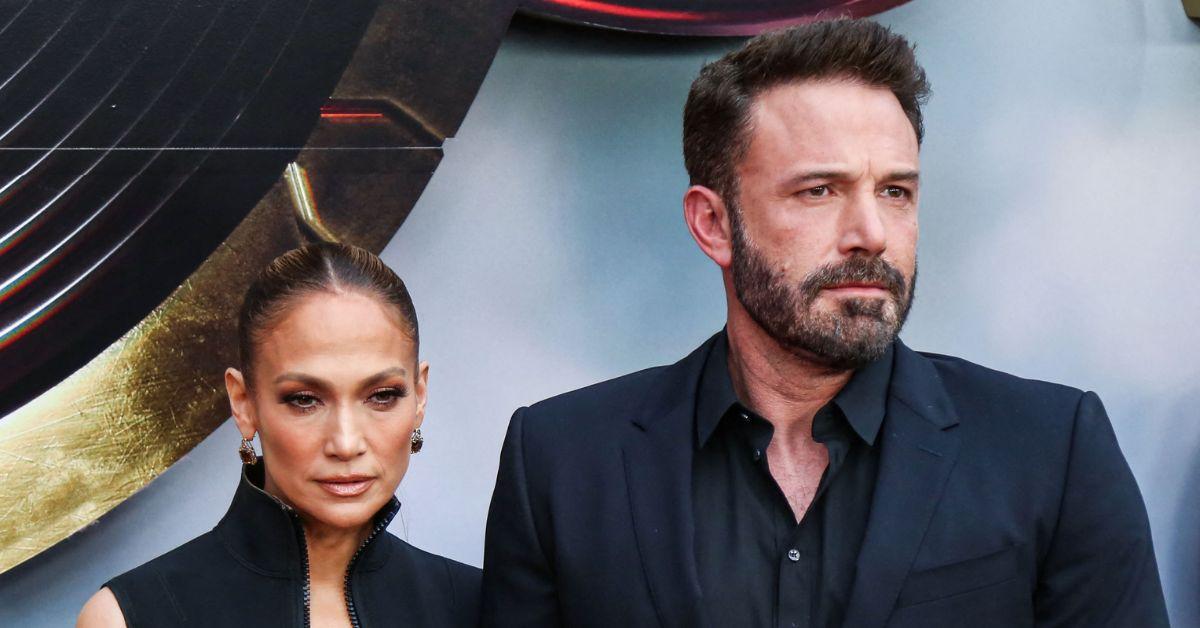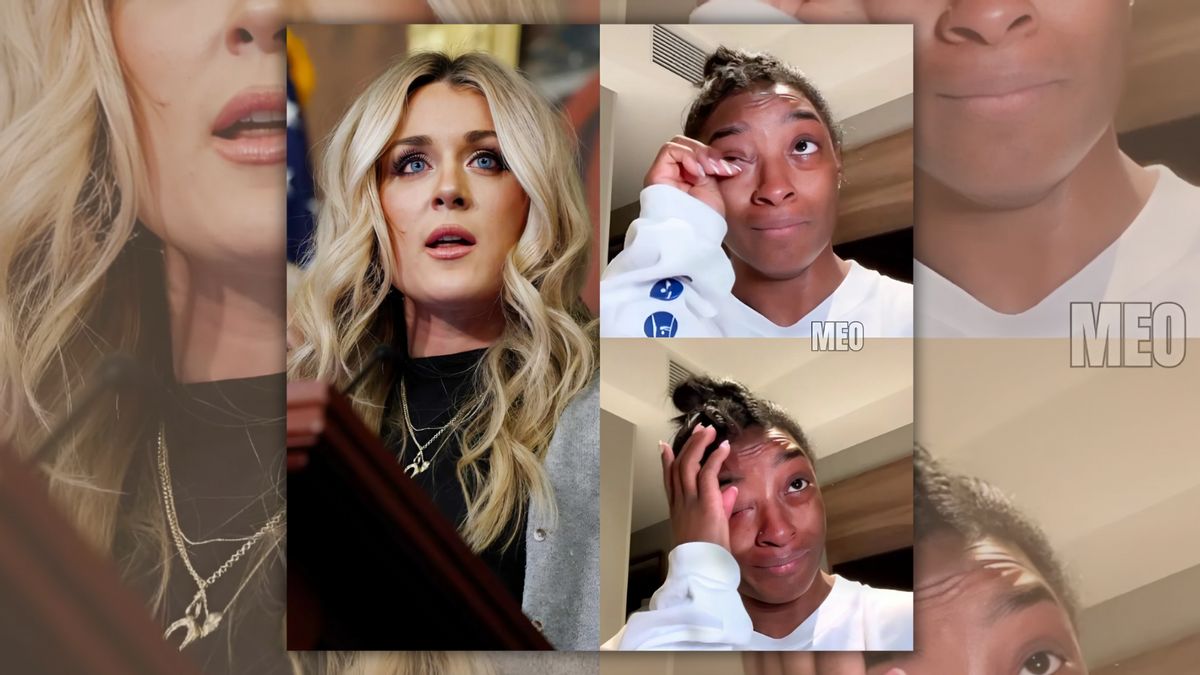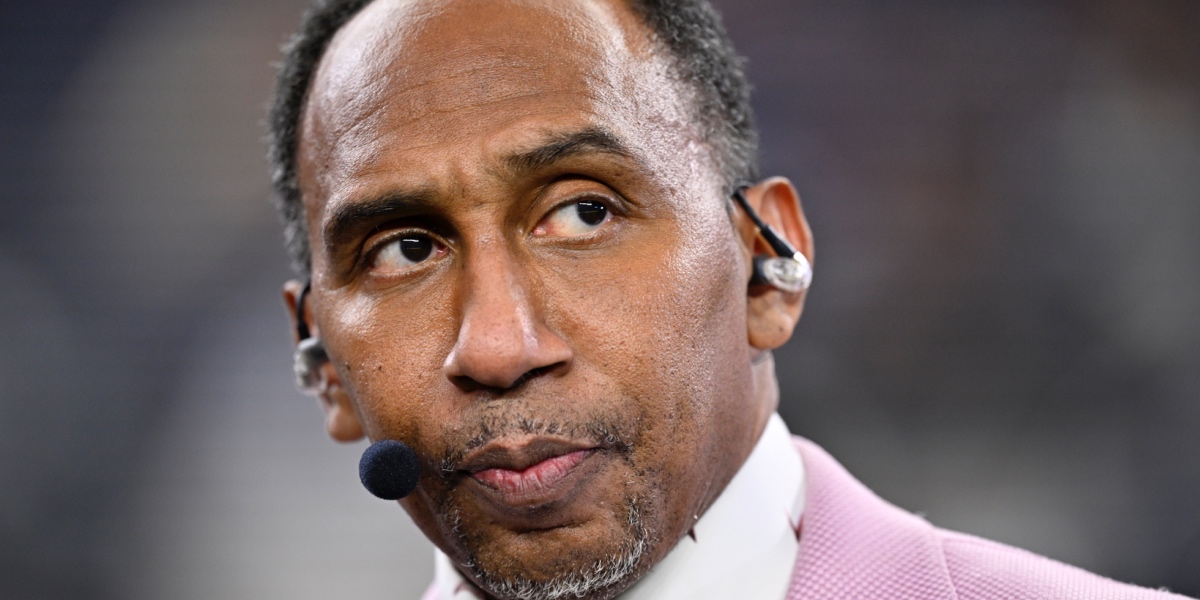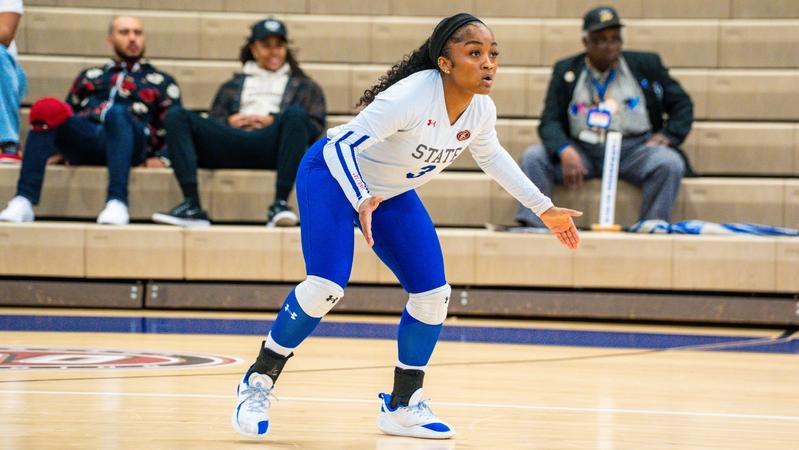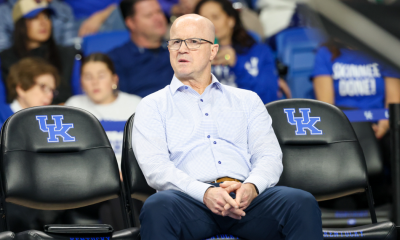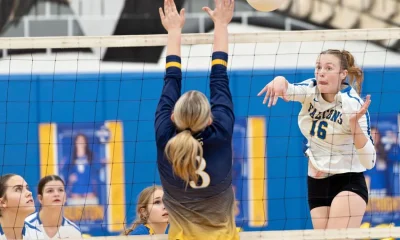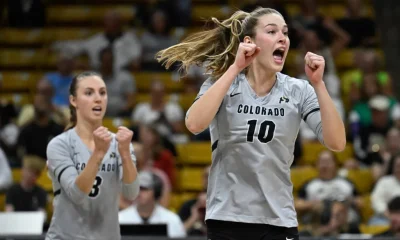In late June 2025, gymnast Simone Biles lost a $22 million endorsement deal with athletic apparel company New Balance after criticizing former swimmer Riley Gaines for mocking a transgender high school athlete.
In late June 2025, a rumor spread on social media that Olympic gold medal gymnast Simone Biles lost a $22 million endorsement deal with athletic apparel company New Balance after publicly criticizing former NCAA swimmer and conservative activist Riley Gaines. The claim emerged after Biles, earlier in the month, called Gaines “truly sick” and a “sore loser” on X for mocking a transgender high school softball player.
One Facebook post (archived) with the rumor reached more than 35,000 reactions and 7,300 comments as of this writing. It read:
In a stunning fallout, Olympic icon Simone Biles has reportedly been dropped by New Balance after her viral takedown of women’s sports advocate Riley Gaines. The move—described as a “body slam” on social media—ignited outrage from critics who say Biles abandoned female athletes. The price? A staggering $22 million. Was taking sides in the trans sports debate worth it?
The claim spread across social media platforms including Facebook and Threads in the form of copy-paste posts — often alongside authentic images of Gaines speaking and Biles crying — many of which redirected users to nearly identical articles titled, “BRAND BACKLASH: Simone Biles LOSES $22 MILLION New Balance Deal After “Body Slamming” Riley Gaines on X—Was It Worth Her Anti-Woman Stance?”
The articles started:
Olympic gymnastics legend Simone Biles is facing a tidal wave of backlash — and the cost may be her biggest brand deal yet. New Balance has reportedly cut ties with the decorated athlete after a heated exchange on social media, where Biles publicly criticized former NCAA swimmer and women’s rights advocate Riley Gaines. The fallout? A staggering $22 million endorsement deal now reportedly off the table.
Some social media users seemed to interpret the rumor as a factual recounting of real-life events.
However, there was no evidence that New Balance ever ended its relationship with Biles, or that a $22 million endorsement deal even existed in the first place. The claim appeared to be entirely fabricated. No reputable news outlet has reported on such an endorsement being terminated, and neither Biles nor New Balance has issued any public statements confirming the claim.
Instead, the rumor that Biles lost an endorsement deal originated with a social media page that calls its content satirical.
In mid-June 2025, fact-checking organization LeadStories also debunked the claim that Biles lost a $22 million contract with New Balance and found that it originated from the satirical Facebook account America’s Last Line of Defense. The Facebook page posted (archived) a reel on June 9 containing four slides that read:
Simone Biles “went way too far” when she body-shamed Riley Gaines, which will cost her a $22 million contract with New Balance. A company source says they immediately severed ties with Biles when her comments went public and made national news. “We’ve always stood on the side of women’s rights,” said a New Balance rep. “It’s time for Ms. Biles to move on.”
The Facebook page’s intro reads: “The flagship of the ALLOD network of trollery and propaganda for cash. Nothing on this page is real.”
That claim appears to have been slightly altered and circulated again through non-satirical websites and social media posts without any satire disclaimer, leading many additional users to believe it was real.
We’ve reached out to New Balance and representatives for Biles for comment and will update this article if we receive a response.
In June 2025, we investigated a similar rumor that Biles was suspended from Team USA over online comments she made to Gaines.
For background, here is why we alert readers to rumors created by sources calling their output humorous or satirical.


